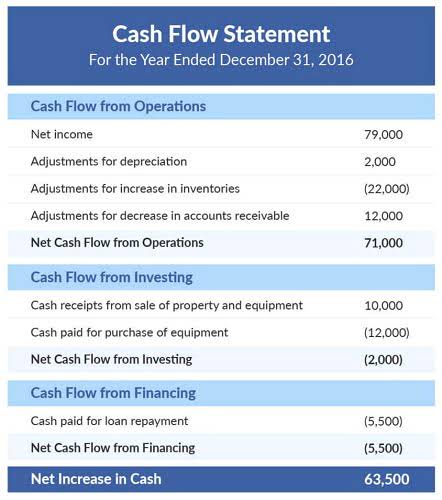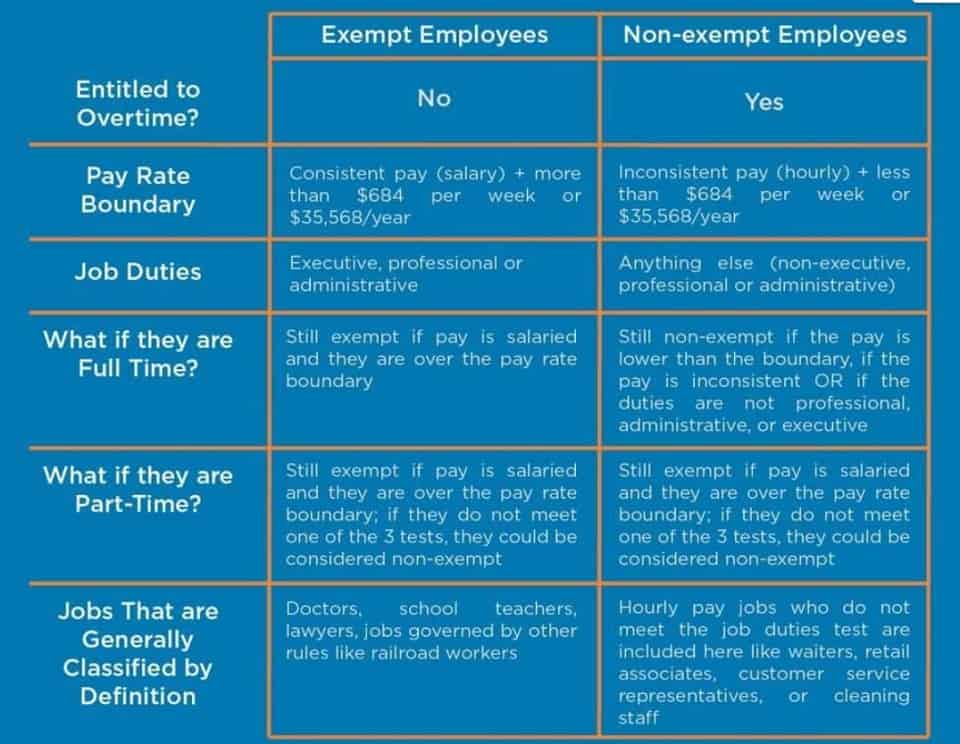
This takes information from original sources or activities and translates that information https://x.com/BooksTimeInc into usable financial data. An original source is a traceable record of information that contributes to the creation of a business transaction. For example, a sales invoice is considered an original source.

Will this increase or decrease lead to each account being debited or credited?
For more information, see Pass Analytics and Developer Product Analytics. Above, is to make it easier to decide whether an increase or decrease requires the account to be debited or credited. Transactions can be external transactions or internal transactions. External transactions involve the business and a third party such as a supplier, they are easier to analyse as there will always be source documents evidencing the transaction. Internal transactions, such a depreciation adjustments, involve only the business itself and may not have accounting source documents.

Can I make changes to my pricing while a price optimization test is running?

Transaction analysis is a process of identifying the accounts involved in a transaction, determining the nature of those accounts, and finally analyzing the transaction’s financial impact on business. Sequentially, it is a part of the overall journalizing process, which is the next step of the accounting cycle. Each business transaction must be properly analyzed so that it can be correctly journalized and made part of the entity’s accounting record.
( . Application of rules of debit and credit:
- Cash enters the business, and the owner’s equity is simultaneously established.
- In the first step of transaction analysis, identify and extract the names of these accounts from the transaction.
- Why use a general journal if we have all the special journals?
- A business’s accounting period is determined by various factors, including reporting obligations and deadlines.
- It would be impossible to emphasize the significance of precise transaction analysis in commercial accounting.
- The sum of all the subsidiary ledgers must equal the amount reported in the general ledger.
This change to assets will increaseassets on the balance sheet. The change to liabilities willincrease liabilities on the balance sheet. Cash enters the business, and the owner’s equity is simultaneously established. The accounting equation remains balanced because there is a $3,500 increase on the asset side, and a $3,500 increase on the liability and equity side. This change to assets will increase assets on the balance sheet. The change to liabilities will https://www.bookstime.com/ increase liabilities on the balance sheet.
Get in Touch With a Financial Advisor

Each original source must be evaluated for financial implications. Meaning, will the information contained on this original source affect the financial statements? If the answer is yes, the company will then analyze the information for how it affects the financial statements. For example, if a company receives a cash payment from a customer, the company needs to know how to record the cash payment in a meaningful way to keep its financial statements up to date.
Each business also has specific information it needs to track. A manufacturing business would need to track Raw Materials Inventory. A merchandising business would need to track Merchandise Inventory. Each business has its own group of accounts, called a Chart of Accounts.
Temporary income statement accounts result in profits or losses in owner’s equity. We enter all cash received into the cash receipts journal, and we enter all cash payments into the cash disbursements journal, sometimes also known as the cash payments journal. Good internal control dictates the best rule is that all cash received by a business should be deposited, and all cash paid out for monies owed by the business should be made by check. Money paid out is recorded in the cash disbursements journal, which is generally kept in numerical order by check number and includes all of the checks recorded in the checkbook register.
Fact Checked
A business’s accounting period is determined by various factors, including reporting obligations and deadlines. The accounting period refers to the timeframe for preparing financial documents, varying from monthly to annually. Companies may opt for monthly, quarterly, or annual financial analyses based on their specific needs. Within the ever-evolving landscape of financial management, the accounting cycle assumes a crucial role as a foundational process that establishes the basis for precise and insightful decision-making.
Ask a Financial Professional Any Question
If the transaction says “on account“, it means no money has changed hands. If a transactions says “received cash,” that means they paid you now. Then, we move analyze transactions to journal entries where students use the rules of debit and credit to increase and decrease accounts.
